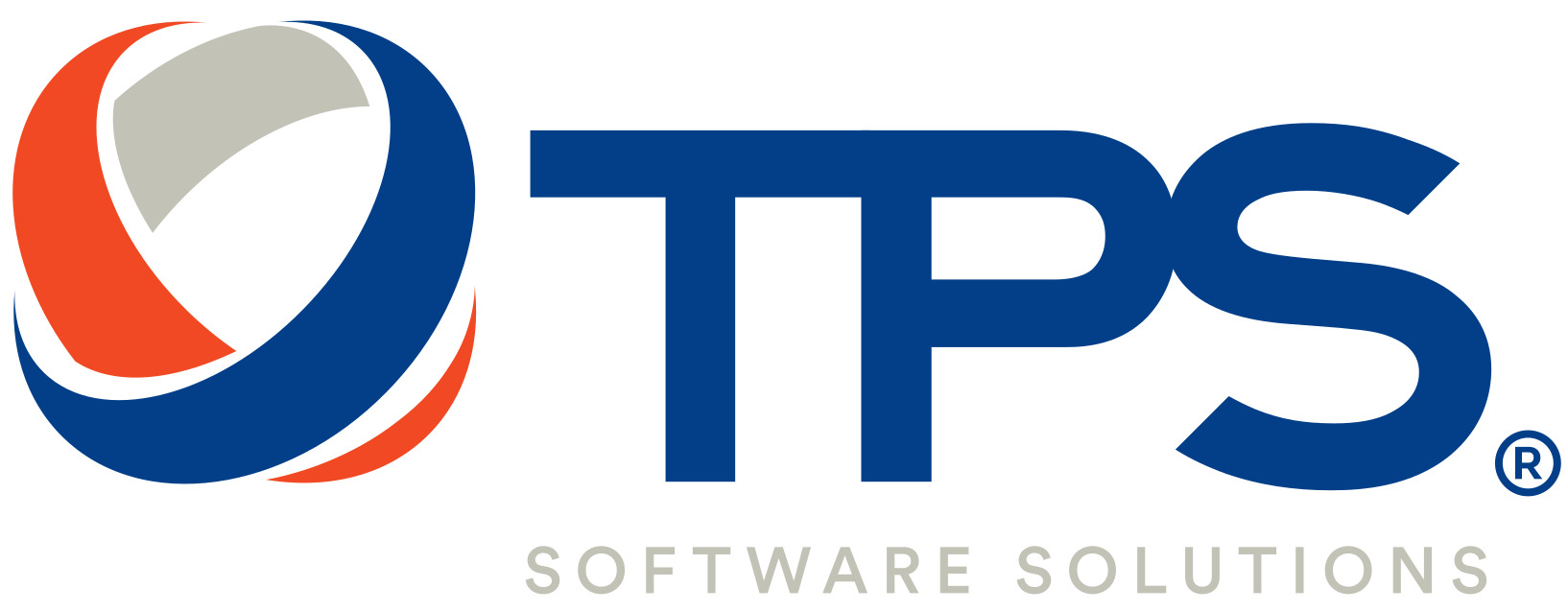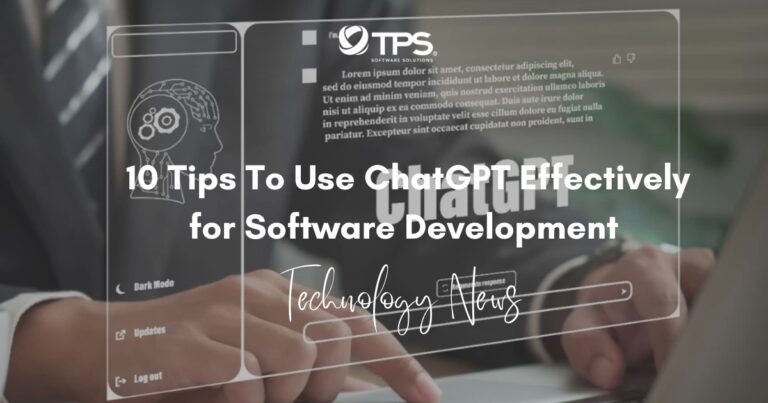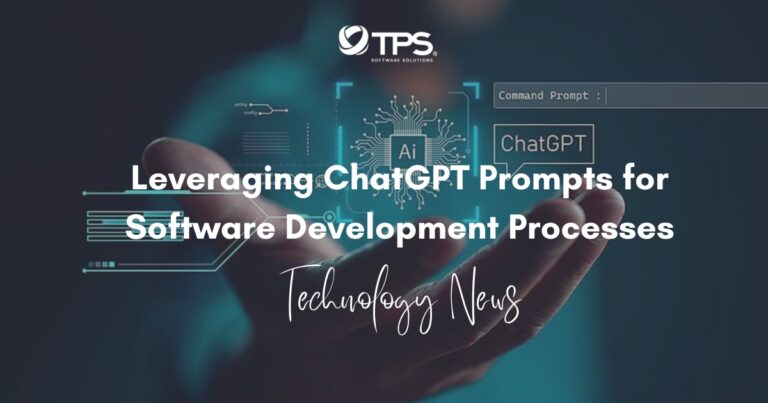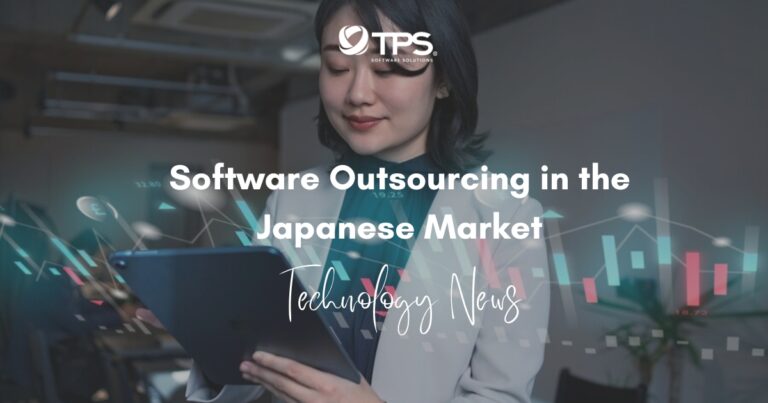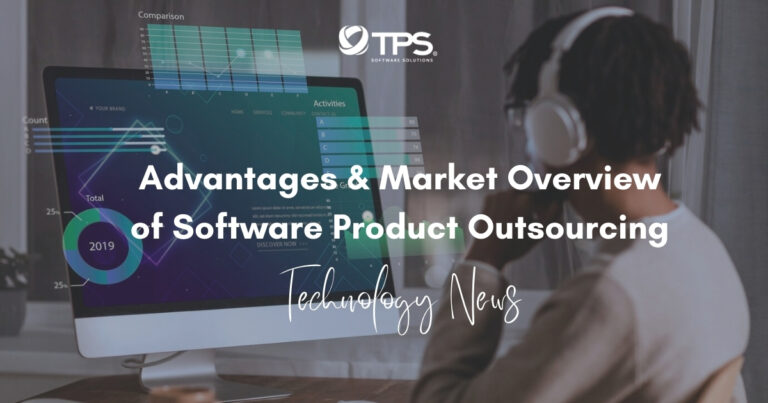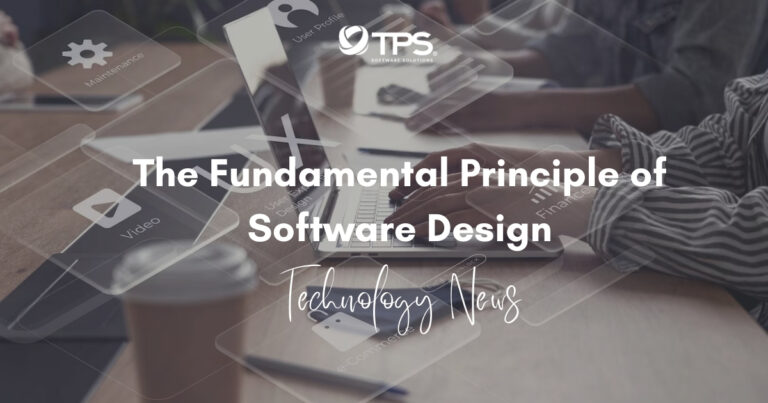Key Notes In Building a Fintech App With Microservices Architecture (AWS Cloud)

Fintech Architecture & The Potential of Scale
In the field of information technology architecture, microservices have been a significant trend over the last several years. The microservices architecture is not an entirely novel strategy for software development; rather, it is a collection and mixture of effective and established ideas, such as API-first design, continuous delivery, agile software development, and service-oriented architectures.
Due to the fact that it encompasses so many different ideas, defining microservices accurately is difficult. On the other hand, all designs for microservices have some properties in common:
- Architectures that use microservices are distributed systems that handle data in a decentralized manner. They do not depend on a unified schema that is stored in a centralized database. Each microservice offers a unique perspective on the underlying data models. The processes of development, deployment, management, and operation of microservices are all carried out in a decentralized manner.
- The functionality of a Microservices architecture does not rely on the order in which its individual components are updated, altered, or replaced with one another. In a similar vein, the teams who are responsible for the various Microservices are granted the ability to operate independently from one another.
- Each component of a microservice is developed for a particular set of capabilities and focuses on a distinct field of study. When the amount of code that is contributed by developers to a specific component of a service reaches a certain degree of complexity, the service may be divided into two or more services in order to accommodate the increased workload.
- There is no “one size fits all” strategy that can be used with microservices architectures. Each team is allowed to choose the resource that will be most effective in addressing their unique challenges. As a direct result of this, designs that make use of microservices adopt a diverse approach to aspects such as operating systems, programming languages, data storage, and tools. The method in question is referred to as polyglot persistence and programming.
- Components of individual microservices are meant to function as black boxes, which means that they conceal the specifics of their level of complexity from other components. Any communication that takes place between services does so using APIs that are clearly stated in order to eliminate implicit and covert dependencies.
- In most cases, the team that is accountable for developing a service is also the team that is accountable for managing and supporting it after it is live. The term “DevOps” may also be used to refer to this approach. Additionally, DevOps helps bring developers into closer contact with the actual users of the software they create, which enhances the developers’ comprehension of the requirements and expectations of their clients. It is important not to minimize the significance of the fact that DevOps is an essential organizational principle for microservices. This is due to the fact that, in accordance with Conway’s law, the organizational structure of the teams that build a system has a significant impact on the system’s design.
To illustrate, we will use a Microservice method that is implemented on AWS. This is simply one of many possible approaches to constructing a FinTech platform; but, it exemplifies the attitude that is required.

100% Security Assurance
When one thinks of a platform for financial technology, one of the first things that comes to mind is its level of safety. However, the security that is provided by a platform for fintech is distinct from the security provided by other platforms. If you use Amazon Web Services, you already have several levels of protection integrated into your account from the ground up:
- SOC 1/SSAE 16/ISAE 3402 (formerly SAS 70)
- SOC 2
- SOC 3
- FISMA, DIACAP, and FedRAMP
- DOD CSM Levels 1-5
- PCI DSS Level 1
- ISO 9001 / ISO 27001
- ITAR • FIPS 140-2
- MTCS Level 3
In addition, the AWS platform gives us the flexibility and control that we need to implement solutions that are compliant with a variety of standards that are relevant to various industries, such as:
- Criminal Justice Information Services (CJIS)
- Cloud Security Alliance (CSA)
- Family Educational Rights and Privacy Act (FERPA)
- Health Insurance Portability and Accountability Act (HIPAA)
- Motion Picture Association of America (MPAA)
Zero Down Time
Even if a normal platform goes “down”, it is not the end of the world. It is quite probable that the users will return. It is not a problem at all if one of your users has to click “Publish” twice because there is a problem with the system. This is not the case if you have a platform for financial technology.
Because there is no margin for error, you will have to maintain a continuous live presence. There is no such thing as a platform that is accessible 100% of the time, but you can come close, and for that period of time when the platform is down, you will need to prepare for it. There is no such thing as a platform that is available 100% of the time. There are a few different approaches to taking care of this. Customers often have no problem with scheduled downtime as long as they are informed about it in advance. Major banking systems regularly schedule these types of downtimes. Even though there shouldn’t be any, since we don’t live in a perfect world, there could be some glitches here and there, but they have to be handled properly for them to be considered acceptable.
There are a great number of other use cases that are comparable to this one, but the most significant benefit of continuing to utilize AWS is the availability rate that is close to 99%. It comes with a plethora of possibilities and chances that will allow you to make your fintech app platform even more accessible to users by leveraging a variety of applications, deploying in a number of geographic places, setting up “mirrors,” and a number of other methods.
GDPR Compliance
GDPR stands for General Data Protection Regulation. In order to achieve the goal of harmonizing data protection laws throughout the European Union (EU), the General Data Protection Regulation (GDPR) will apply a single data protection legislation that will be enforceable in all member states. When it comes to the processing of “personal data” of people who live in the EU, the General Data Protection Regulation (GDPR) applies to any and all businesses, regardless of whether or not they have a physical presence in the EU. Any information that relates to a natural person who can be identified or identified in any way is considered personal data.
One of the most important characteristics of the GDPR is that it seeks to provide uniformity throughout the member states of the EU with regard to the processing, use, and secure interchange of individuals’ personal data. Organizations will be required to be able to demonstrate on a continuous basis both their compliance with the GDPR and the security of the data that they are processing. This can be accomplished by putting in place and regularly reviewing robust technical and organizational measures, as well as compliance policies. The regulatory authorities will have the ability to levy penalties of up to 20 million Euros or 4% of the company’s annual revenue throughout the globe, whichever is greater.
Important Certifications
After you have established your FinTech app and are seeking clients or users, these questions will come up. It’s possible that they won’t seem important now, but they will in the future. Find someone who understands how to put this into action if you are unsure of how to do it yourself. Because a significant number of these functionalities are already integrated, Amazon Web Services was one of the providers that we considered using for this example. Naturally, it is not something that you can just “turn on” and then rest; rather, it is something that you have to deal with and work on improving. But if you utilize AWS, everything will go much more smoothly.
- CJIS. The criterion set by the Criminal Justice Information Services (CJIS) division of the FBI is met by AWS. AWS enters into CJIS security agreements with its clients, which stipulate that the company must either permit or carry out any employee background checks that may be needed under the CJIS Security Policy.
- Cyber Essentials Plus. Cyber Essentials Plus is a certification program that was launched in the United Kingdom with the backing of the government and the cooperation of the industry. Its purpose is to assist businesses in demonstrating that they have operational protection against typical cyberattacks. Within the context of the UK Government’s “10 Steps to Cyber Security,” it highlights the baseline measures that AWS employs to limit the risk from typical Internet-based attacks. [C]cybersecurity is a priority for the UK Government. It has the backing of industry, including the Confederation of British Industry, the Federation of Small Businesses, and a number of insurance groups that provide benefits to companies who possess this certification. Cyber Essentials lays out the necessary technical controls, and the assurance framework that is related to Cyber Essentials demonstrates how the independent assurance process functions for achieving Cyber Essentials Plus certification through the use of an annual external assessment that is carried out by an accredited assessor. The certification is only valid for use inside the European Union (Ireland) area because of the geographical focus of the certification.
- The Federal Information Processing Standard (FIPS) Publication 140-2 is a security standard that was created by the United States government. This standard outlines the security standards that must be met by cryptography modules that are used to safeguard sensitive information. SSL terminations in AWS GovCloud (US) run on hardware that has been verified to comply with the FIPS 140-2 standard in order to better serve clients that must meet these criteria. When clients of AWS GovCloud (US) use the environment, AWS works with them to provide the information they need to help manage compliance. This is done in collaboration with customers of AWS GovCloud (US).
- FISMA and DIACAP are acronyms. AWS makes it possible for federal entities in the United States to comply with the Federal Information Security Management Act and maintain that compliance (FISMA). As part of the approval process for a wide range of government systems, the AWS infrastructure has been reviewed by independent assessors. This was done at the request of the systems’ owners. In accordance with the Risk Management Framework (RMF) process outlined in NIST 800-37 and the DoD Information Assurance Certification and Accreditation Process, a large number of federal civilian and Department of Defense (DoD) organizations have successfully achieved security authorizations for systems that are hosted on Amazon Web Services (AWS) (DIACAP).
- ISO 9001. AWS has been awarded the ISO 9001 accreditation. Customers that build, move, and manage their quality-controlled IT systems in the AWS cloud are directly supported by the ISO 9001 certification that AWS has earned. Customers have the ability to use the compliance reports provided by AWS as evidence for their very own ISO 9001 programs as well as industry-specific quality programs, such as GxP in the life sciences industry, ISO 13485 in the medical device industry, AS9100 in the aerospace industry, and ISO/TS 16949 in Amazon Web Services. Risk Management and Compliance Page 11 of 81 in the May 2017 issue of automobiles. Customers of Amazon Web Services who do not have quality system needs can nonetheless benefit from the added confidence and transparency that is provided by an ISO 9001 certification.
- ISO 27001. The Information Security Management System (ISMS) that covers Amazon Web Services’s infrastructure, data centers, and services has been certified to the international standard ISO 27001. ISO 27001/27002 is a global security standard that has seen widespread adoption and lays out requirements and best practices for a systematic approach to managing company and customer information. This approach is based on periodic risk assessments that are appropriate to ever-changing threat scenarios, and ISO 27001/27002 lays out the requirements and best practices for such an approach. In order for a business to be eligible for the certification, they need to demonstrate that they have a methodical and continuing strategy for managing information security risks. These risks may have an effect on the availability, integrity, and confidentiality of customer and corporate information. Amazon’s commitment to sharing meaningful information on our security policies and procedures has been reaffirmed by this certification.
- PCI DSS Level 1. AWS satisfies the requirements of the Payment Card Industry (PCI) Data Security Standard at the Level 1 level (DSS). Customers have the option of storing, processing, and transferring credit card information in the cloud using apps that may be operated on our technological infrastructure that is PCI compliant. PCI Security Standards Council announced the publication of PCI DSS Cloud Computing Guidelines in February of 2013. Customers that are managing an environment that contains cardholder data may use these recommendations to learn about the factors that go into maintaining PCI DSS controls in the cloud. Customers of Amazon Web Services may now take use of the AWS PCI Compliance Package, which includes the PCI DSS Cloud Computing Guidelines. The AWS PCI Compliance Package includes both the AWS PCI Attestation of Compliance (AoC), which demonstrates that AWS has been successfully validated against standards applicable to a Level 1 service provider under PCI DSS Version 3.1, and the AWS PCI Responsibility Summary, which explains how compliance responsibilities are shared between AWS and our customers in the cloud. Both of these documents can be downloaded from the AWS website.
Conclusions
We hope that after reading this article, you will have a brief knowledge about build a Fintech app with AWS Cloud architecture. For any business inquiries, please don’t hesitate to contact us. We are the expert and leading software development and technology consulting in Viet Nam.
